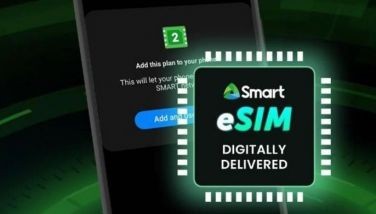Move over 3G, here comes 4G
It’s here, way ahead of schedule.
The fourth-generation (4G) wireless technology projected to come online by 2010 is now around and gives the business community all the reasons to be happy.
Thanks to the advent of 4G, slow connections and long online waiting time brought about by the rising number of 3G users will finally be over.
4G’s unequalled high-capacity capabilities, which runs on NGN (next-generation network) makes downloading, video-streaming and viewing content amazingly fast and clear.
“The results are high-definition video, high-quality voice and high-data rate channels, all at the same time,” says information technology expert Raul Ocampo Jr., a Linux guru who has developed numerous software and IT systems that are more efficient and cost-friendly than the established brands.
So is 4G, which makes expensive inter-branch corporate long-distance calls a thing of the past.
“By using VoIP (Voice over Internet Protocol) on a 4G platform, branch-to-branch national calls are literally free, and outbound international calls incredibly cheap,” explains Ocampo, whose mastery of this field can be partly attributed to his more than six years of holding various positions in seven large companies in Silicon Valley, California.
The 4G network efficiently allows users to receive voice, video and data simultaneously with just a single connection. This flexibility also extends to the future of ICT, since 4G systems support the next generation of mobile communications.
4G was merely a marketing buzzword in 2005 when some basic research on the technology was still being done while 3G was then the industry’s latest innovation.
3G wireless systems provide mobility in various modes of communication, offering data rates of 384 kilobytes per second and higher. However, the byte space ends up being shared by an ever-increasing number of users that consequently slow down the system.
Thus, 4G virtually comes as an end-to-end solution to various problems associated with limited capacity and expanding subscriber base.
“For example, fully wireless Internet Protocol-based applications can be distributed at speeds of 50 Mbps to 1 Gbps on a 4G framework, making mobile connectivity a lot faster than traditional broadband. The result is high-quality content transmitted in ‘true real time,’” remarks Ocampo.
One of the few Filipino professionals licensed by US-based IT firm Cisco Systems Inc., Ocampo is the chief technology officer of Happy Communications Inc. (HCI), which, to date, is the only company in the Philippines running on a 4G technology platform.
- Latest



























